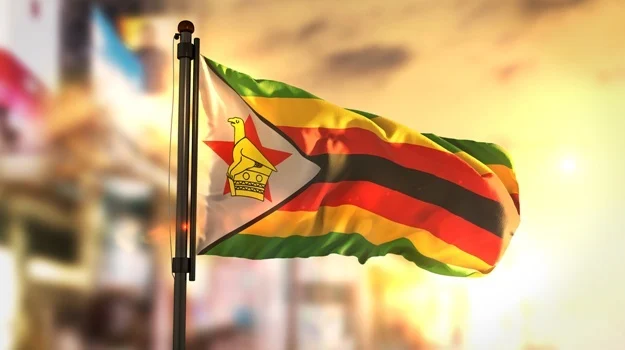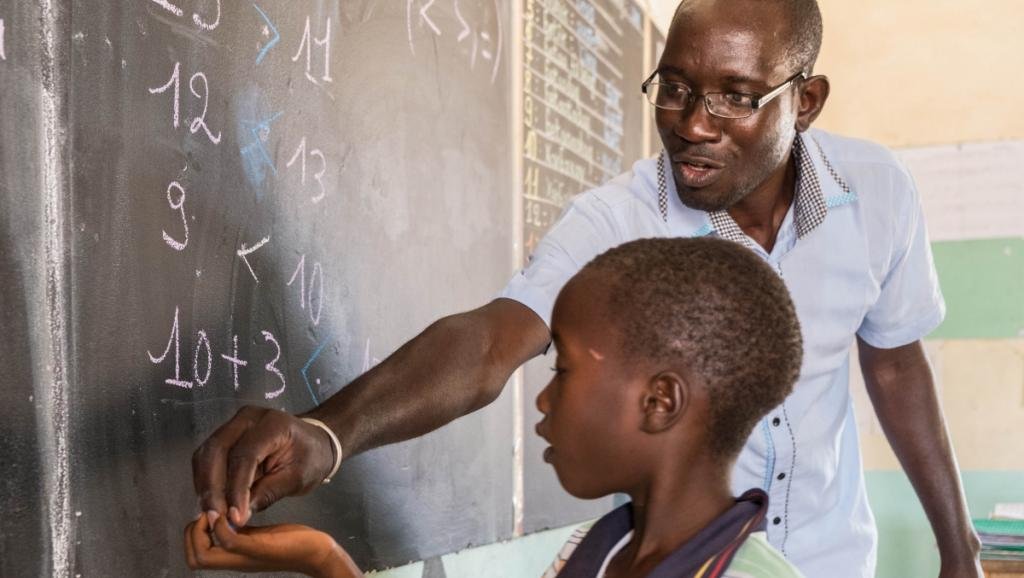Zimbabwe President Robert Mugabe’s refusal to resign has sent former protegé Emmerson Mnangagwa and his generals into a tailspin.
Their (not coup) coup seemed a stroke of genius when they surprised Mr. Mugabe with a non-violent show of force and compelled the ZANU-PF central committee to recall him as their leader with an ultimatum to resign by noon on Monday or face impeachment in Parliament.
Unfortunately, impeachment is a process that, whether he knew it or not, Mr. Mugabe himself might have scuppered two weeks ago when he fired his vice-president, Mr. Mnangagwa, the presumed beneficiary of the prevailing political chess game.
First, Mr. Mnangagwa’s “Lacoste” faction of the ruling party must ensure that enough members of Parliament and senators attend the special sitting. That cannot be guaranteed now that ZANU-PF spokesperson Patrick Chinamasa boasted that his party did not need the opposition for this process and there are members of Grace Mugabe’s G40 faction of ZANU-PF who might not have given up on her.
Second, Parliament has to establish grounds of impeachment based on any or all of the following: serious misconduct; failure to obey, uphold or defend the Constitution; willful violation of the Constitution; and/or inability to perform presidential duties because of physical or mental incapacity.
Third, once these grounds have been established and Parliament moves towards impeachment, a committee has to be set up to investigate those charges, and that includes giving Mr. Mugabe an opportunity to answer to allegations against him. This is not something that can be done in one sitting.
But the end game is what promises intrigue. If Parliament succeeds in impeaching Mr. Mugabe, the Constitution states that the first vice-president takes over. That would have been Mr. Mnangagwa, who was fired by Mr. Mugabe. So, second vice-president Phelekezela Mphoko would have to take over, but his whereabouts are unknown. He is one of the G40 ministers who are presumed to be either in military detention or in exile.
One route could be for Parliament to pass a vote of no confidence on Mr. Mugabe, but that, too, could be problematic. In that process, Mr. Mugabe does not have to leave office. He has an option to dissolve Parliament and rule by decree.
Mr. Mugabe, who studied law and has been on the winning side of all his political fights over five decades, must have used the last week of his house arrest to examine these options.
Furthermore, he could launch a legal challenge against his removal from the presidency of his party on the grounds that the central committee meeting that ousted him was not properly convened.
His argument would be that he, as president of the party, was not consulted and did not attend the meeting along with half of the leadership that has been detained or exiled. He could also argue that central committee resolutions need to be approved by the Politburo, which cannot meet because of the prevailing situation. At best, such a challenge will buy him time.
This effectively leaves Mr. Mnangagwa and the military with three unpalatable options.
The first option is to throw caution to the wind and turn their action into a full-blown coup and remove Mr. Mugabe by force. They have been reluctant to go that far because that would not be acceptable to the regional and international community.
Option two is to mobilize the masses to remove Mr. Mugabe by a popular uprising. However, the outcome of such an action cannot be guaranteed.
The last option is to accede to Mr. Mugabe’s demand that all grievances be solved at the ZANU-PF special congress in December, possibly including pitting him against Mr. Mnangagwa in an election for party president. Mr. Mnangagwa and the generals’ coalition might not hold together that long.
Whatever happens, Mr. Mugabe is not going without a fight. He still has the appetite to rule Zimbabwe.








